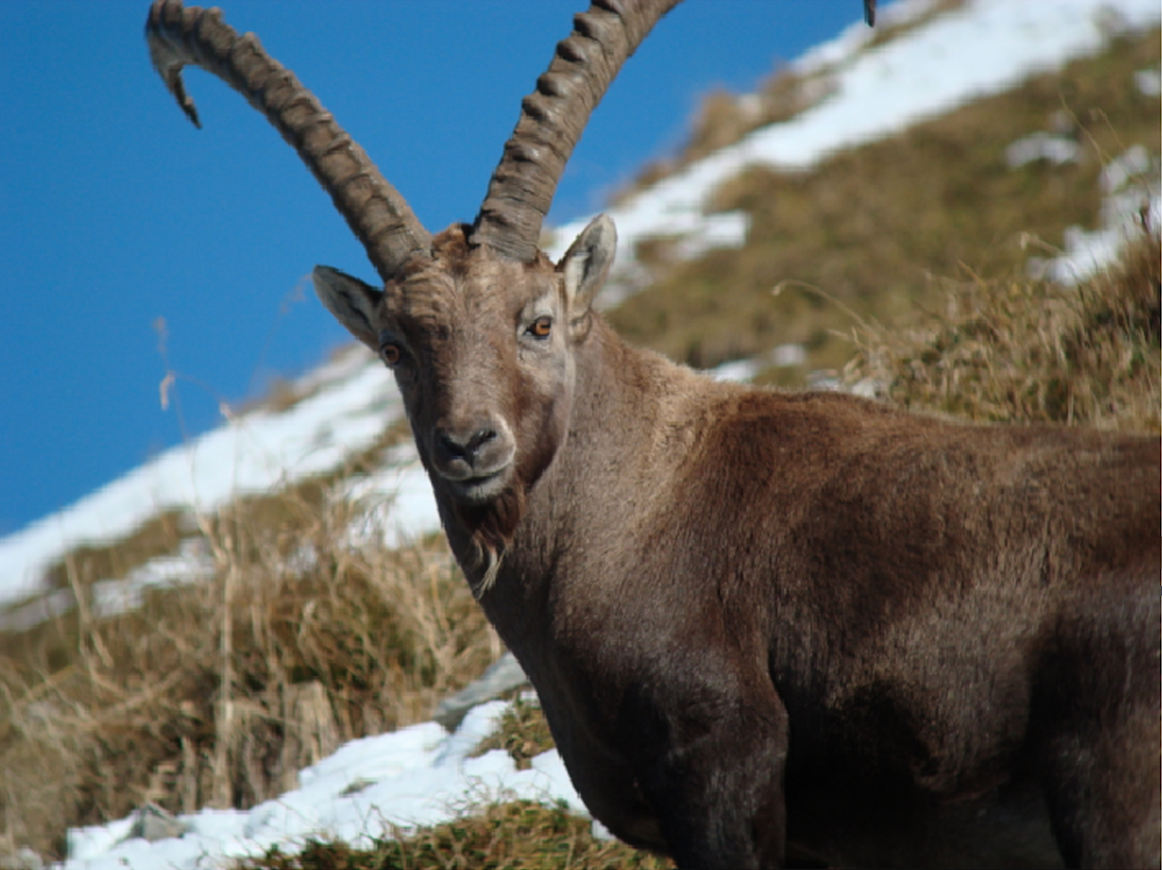Research
 |
 |
 |
The evolution of pathogens (led by Daniel Croll)
We aim to understand how pathogenic fungi evolve to cause disease on plants. For this, we analyze populations of major crop pathogens and identify how the pathogens managed to circumvent the immune system of plants. Plant pathogens are among the most fascinating cases of rapid evolution observable in nature. We are particularly interested in the processes of rapid adaptation to resist new fungicides, cause disease on a new crop variety or tolerate different environmental conditions. For this, we use primarily genome-wide association studies (GWAS) to link variation in phenotypes to specific loci in the genome. We also analyze complete genome to understand the mechanisms creating major changes in chromosomal sequences. Such rearrangements were often tightly linked to adaptation of the pathogen. In our work, we combine field work with experiments in the lab and genome-scale analyses.
For more information about Daniel’s research please see here.
Evolutionary conservation genetics (led by Daniel Croll)
We study natural populations of Alpine ibex with genomic tools to investigate the impacts of severe demographic effects (past bottlenecks, inbreeding, etc.). For this, we develop genetic tools and analyses methods in collaboration with the University of Zurich.
Systematics, Taxonomy and Biogeography of Plants (led by Jason Grant)
Our research focuses on the taxonomy, systematics, speciation, biogeography and natural history of North and South American plants using macro and micro-morphology, and molecular systematics. Currently researched groups include the flowering plant families Gentianaceae (gentians; Macrocarpaea, Symbolanthus), Brassicaceae (Parrya), Bromeliaceae (Alcantarea, Vriesea, and Werauhia), Loganiaceae (Bonyunia), and the fern family Ophioglossaceae (Botrychium). Geographical regions where I largely conduct my research include the Andes in South America (Venezuela, Colombia, Ecuador, Peru, and Bolivia), and Arctic and boreal regions of North America and Asia.
Neotropical studies
Evaluation of historical patterns of speciation of plants in montane South America. Speciation and biogeography are especially important for studying genetic variation by using model organisms to interpret patterns that can be used in the assessment of general biodiversity, and threats that may lead to recommendations for conservation.
Arctic studies
Evaluation of dispersals of plants from Asia to North America. The genus Parrya (Brassicaceae) is primarily distributed in the Himalaya and other mountainous regions of Asia. My studies concentrate on the American radiation. The fern genus Botrychium (Ophioglossaceae) is widely distributed in North America, but is especially speciose in Alaska and the Pacific Northwest. In 2002 I described a new species from Alaska, Botrychium alaskense.

